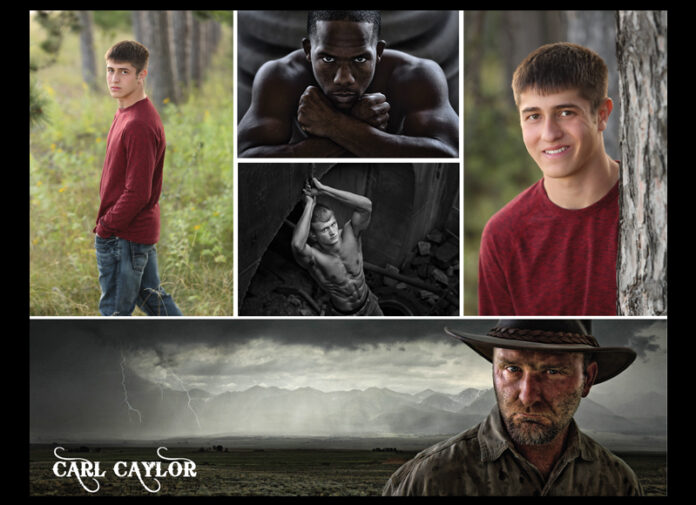By Carl Caylor
Texas School Instructor
I have seen many posts on social media and magazine articles about how much better Off-Camera Flash (OCF) is than natural light. Most examples I’ve seen have just been bad examples of the use of natural light. Natural light portraiture is not just creating a correct exposure outdoors anywhere. The use of light, whether natural or artificial, has a specific and artistic placement that will create the look that the artist desires.
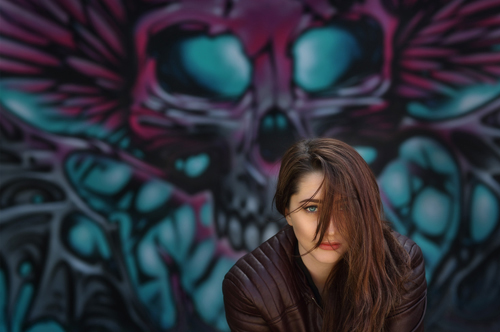 The truth is that natural light can be pleasing, but the artist is limited to locations and specific times that will allow a powerful, printable result. On the other hand, off-camera flash can be used to create any chosen form of light in any given area at most any time. Of course, there’s a great deal of technical and artistic thought that should go into either process.
The truth is that natural light can be pleasing, but the artist is limited to locations and specific times that will allow a powerful, printable result. On the other hand, off-camera flash can be used to create any chosen form of light in any given area at most any time. Of course, there’s a great deal of technical and artistic thought that should go into either process.
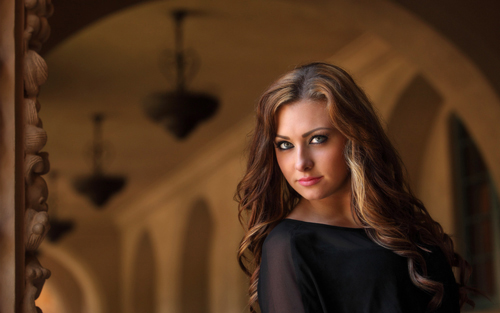
Let’s begin with a good natural light portrait area. Just as with strobe lights, the main light on a subject should be at about a 45° angle to the side and 45° up from the subject. This is a good place to start. We can’t have more light coming from straight above than where the main light is coming from. For this reason, we look for locations with an overhang to block the light from above.
Some good advice: if you’re not sure the area will produce good natural portrait lighting, go sit where you plan to place your subject. As you sit, look around you. Do you see an area of open sky at a 45° angle? If you don’t see a light source, either go find a new location or add off-camera flash.
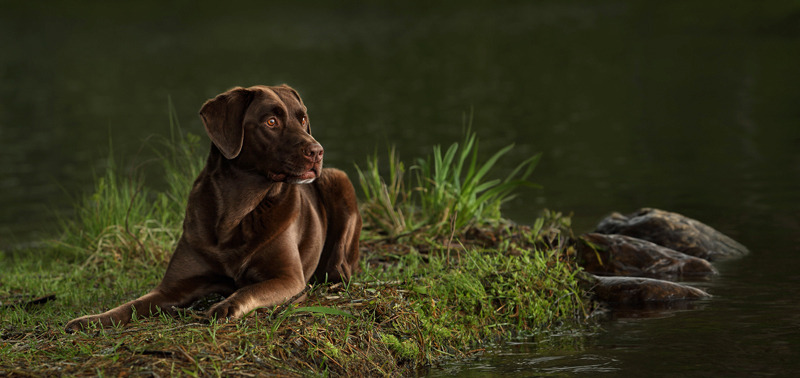
In addition to the correct direction of light, in a natural light situation, the background must confine itself to a continuous tone of light. In other words, there can’t be direct sun in the background burning out areas in comparison to the subject. If the light reflecting on the subject’s face is the brightest part of the scene, it is what will draw attention of those who look at the portrait.
If there are distractions and technical problems with the background, even the nicest light on the face will be for nothing. I look for open shade throughout my backgrounds. Then if the subject sits where the open sky is forced in the direction stated, your image will have the potential for power. I say “potential” because there are many more things to consider (color harmony, posing, expression, clothing, story-telling, composition, etc.).
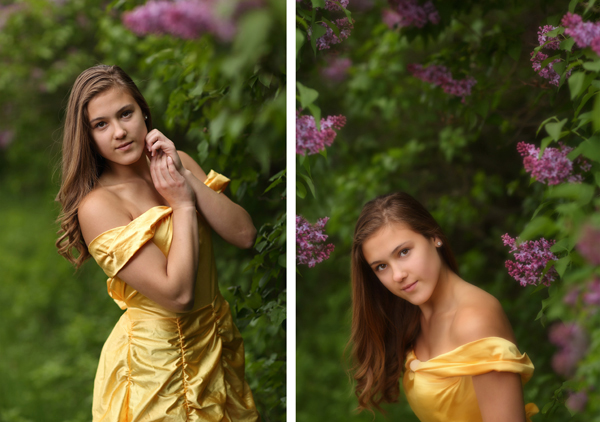
Now… the Truth about OCF. With flash, we can work in more locations with more background possibilities. As I stated before, sit where you plan on having your subject. If the light is not right for your image while still seeing the background for the composition you desire, you can simply move your light. In today’s world, lights are very portable and have great battery life. They are able to nearly over-power the sun at times and (more important to the way I work) they can be turned way down to allow work in low light areas.
The Truth… you can produce work in more locations. That being said… just because we can doesn’t mean we should. Not all situations are going to work for either OCF or Natural light portraits. We still need to think about what is physically possible and still artistically pleasing. Remember, the light from the strobe only goes so far. If there are objects in your scene beyond the range of the strobe and there is no way to balance the background with shutter speed, you may want to move on to a new location. Example…. A client has a wooded yard on a lake. They want to see the water and the trees and, of course, them in a portrait. Even with strobe, you will need to find the right time of day to balance everything.
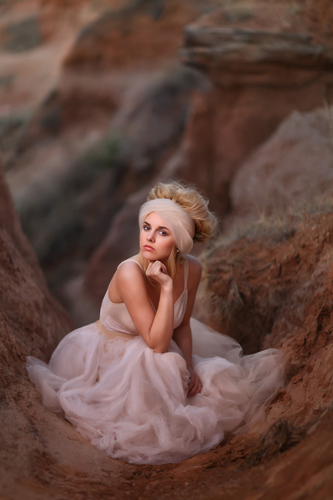
Whether you are using OCF or going all Natural, you still need to make sure the light is being directed to the right place on your subject. There are forms of light to study. Learn them and the best uses of each. In the end, we as artists, are responsible for creating work for our clients that are appealing to them and their families. Whether natural or artificial, practice your skills and be able to make good decisions in any situation.
Carl Caylor began his career as a photojournalist and darkroom specialist. A beginning that would prove very beneficial to the new age of digital portraits in a Natural environment for both his guests and his students. He has shared his passion with photographers coast to coast in the USA, Canada, Mexico and Korea. He is one of the most sought-after instructors in the country because of his “Hands-On” coaching approach. Learn more at: www.photoimagesbycarl.net



